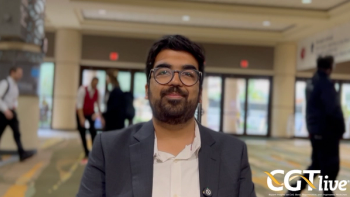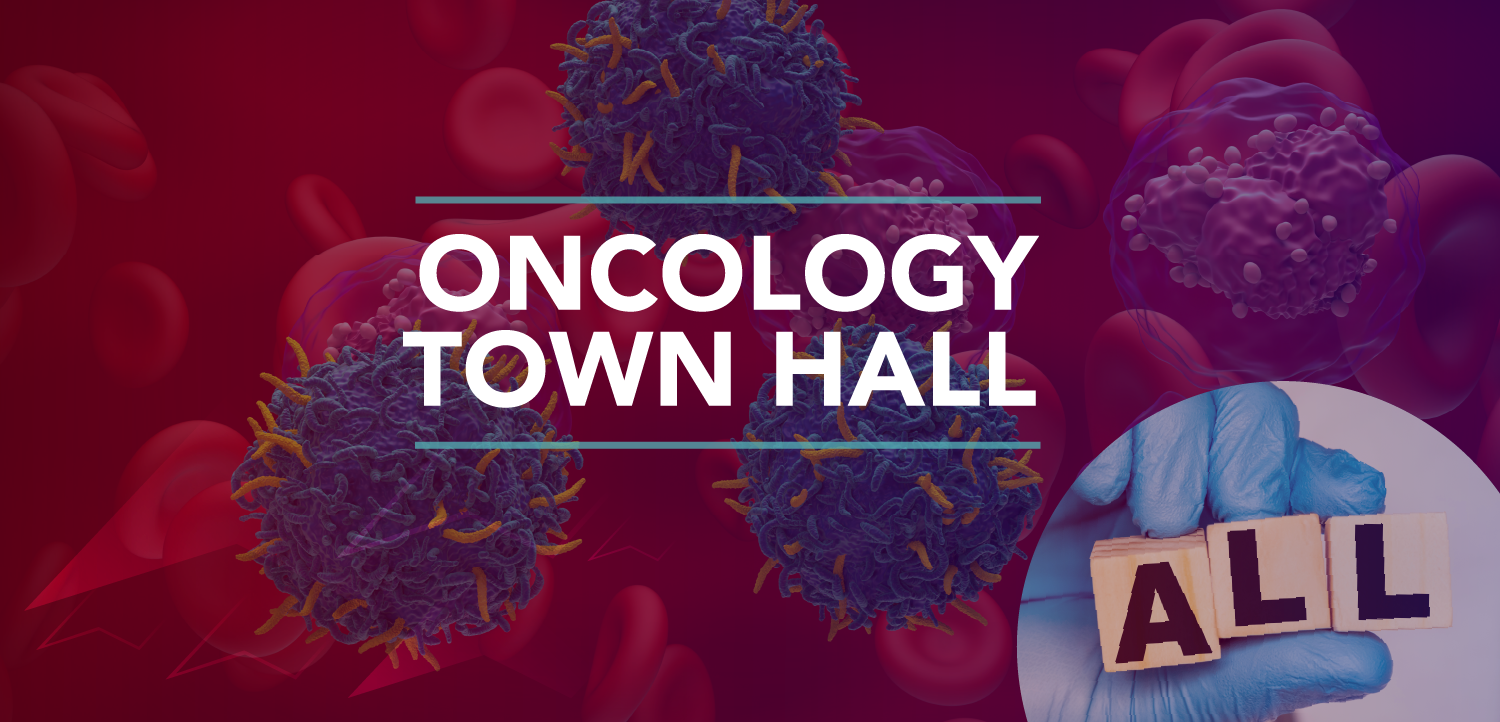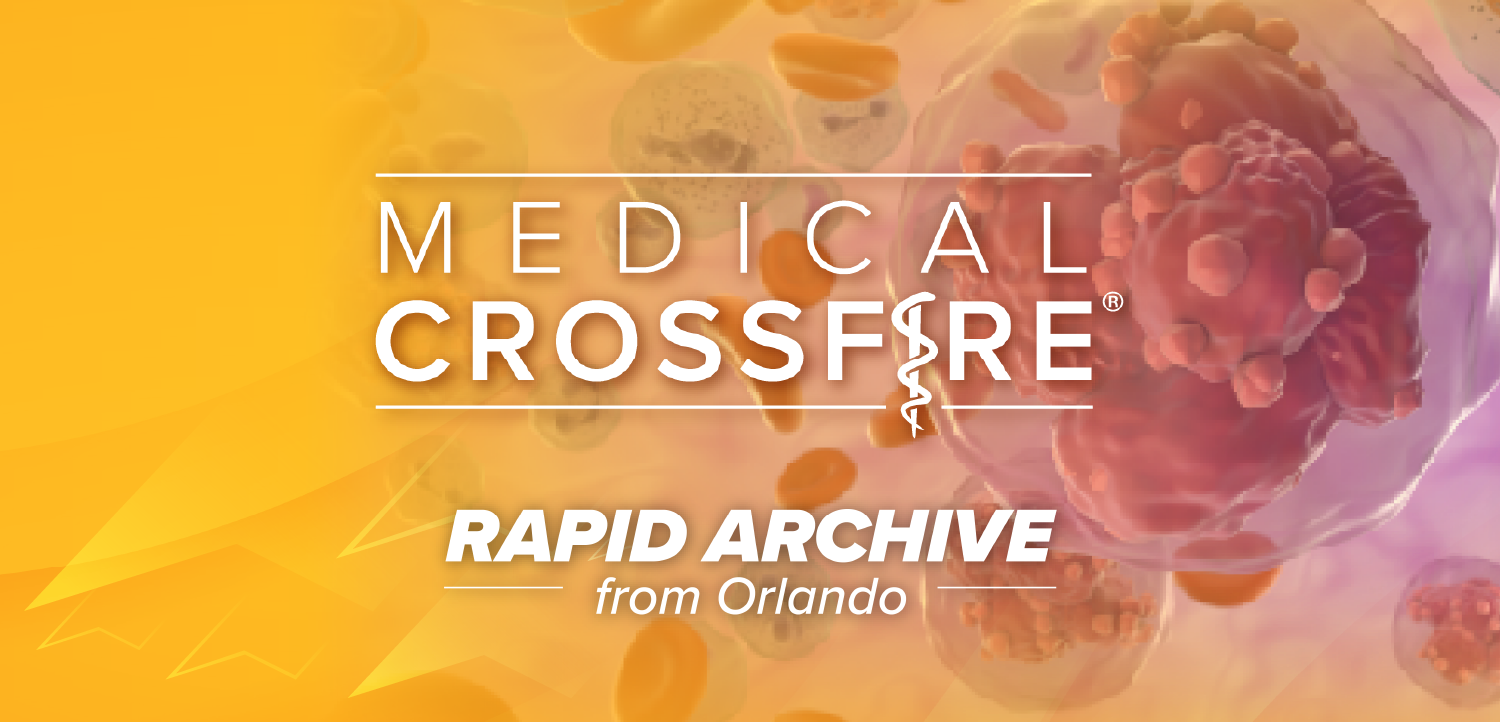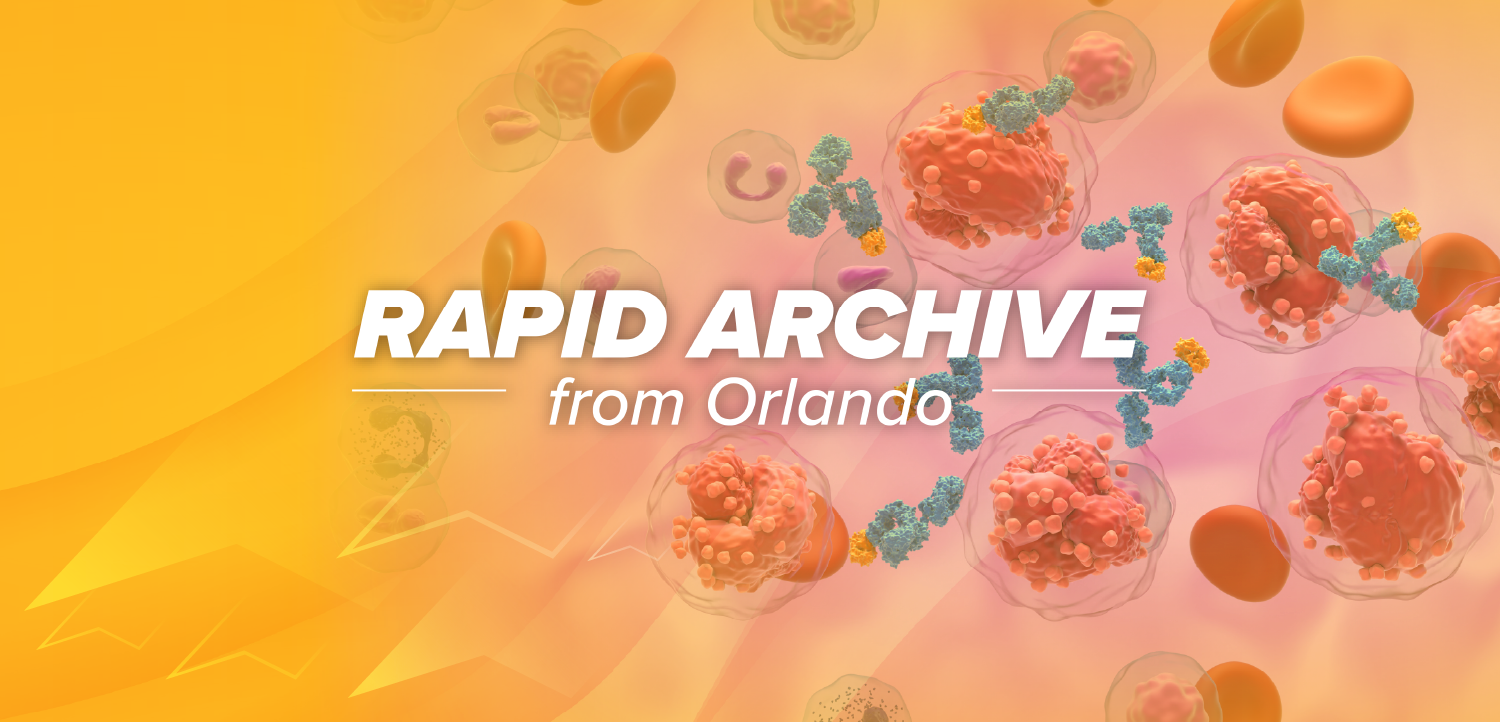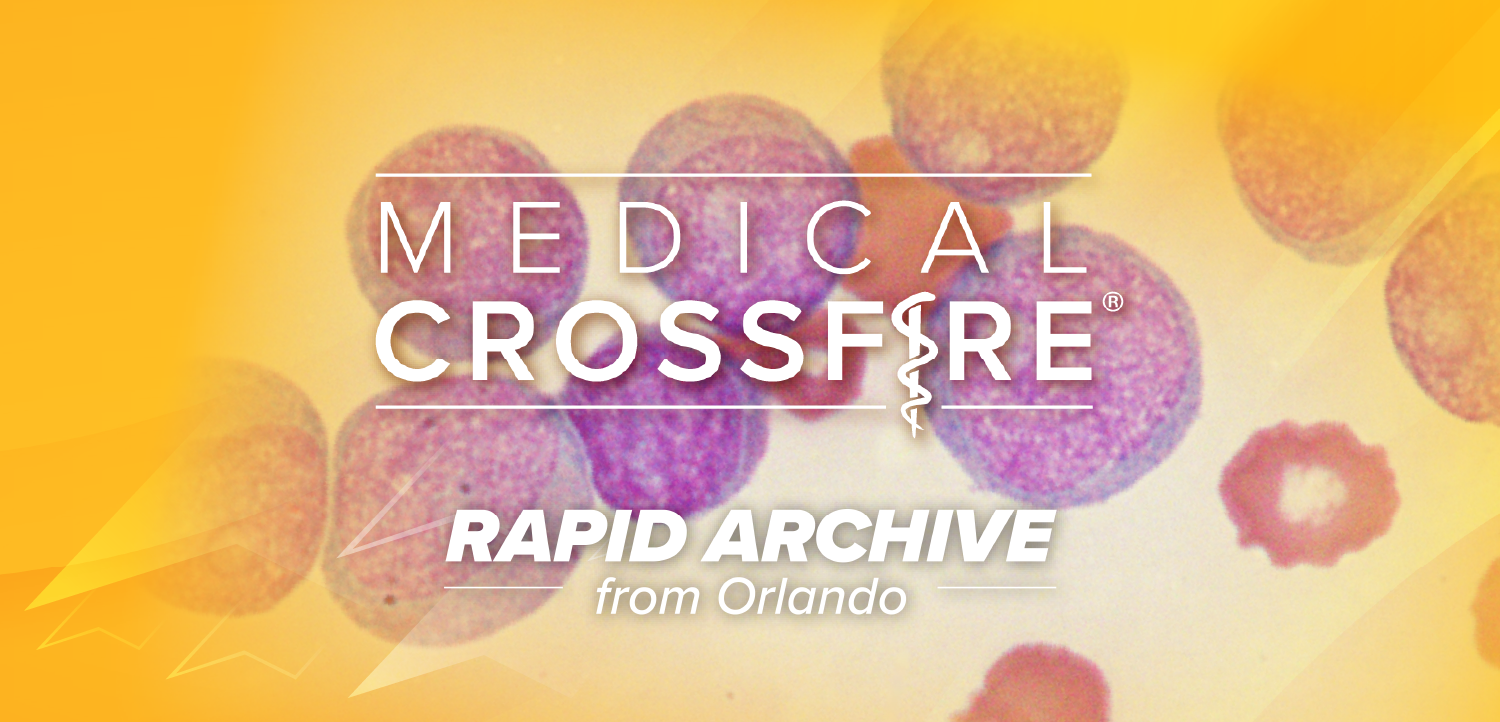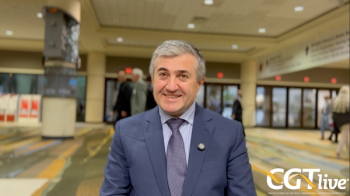
Sven Moller-Tank, PhD, on Regeneron’s Precision Approach to AAV Targeting
The senior director at Regeneron discussed the company’s receptor-driven approach to AAV targeting, leveraging antibody engineering to enhance tissue specificity and reduce off-target effects.
“We are going after a particular receptor and then engineering our capsids to target that receptor. I think that's a unique approach. We're one of the first, I think, to successfully show that this can work in vivo.”
CGTLive® spoke with Sven Moller-Tank, PhD, a senior director at Regeneron, at
Moller-Tank noted that while others in the field are retroactively identifying receptor interactions post hoc, Regeneron’s method starts with the receptor in mind. This enables more predictable biodistribution and may reduce immune complications, such as off-target effects or preexisting immunity. At the meeting, he discussed platforms designed to target the transferrin receptor for CNS delivery, CACNG1 for skeletal muscle, and p75 for peripheral neurons. His team is also refining capsid-antibody constructs for both covalent and bispecific formats, with new preclinical findings in nonhuman primates validating these constructs, particularly in skeletal muscle and CNS models.
This in vivo success marks a turning point in the field’s evolution toward not targeting the liver and mitigating off-target toxicities. Regeneron’s efforts also extend beyond AAV, with early progress applying this targeted delivery system to siRNA, lipid nanoparticles, and other modalities. As these platforms advance, they may change how therapies are delivered across different treatment types. With gene therapy’s challenges more visible than ever, Moller-Tank believes this precision-first approach may help unlock its full potential.
Newsletter
Stay at the forefront of cutting-edge science with CGT—your direct line to expert insights, breakthrough data, and real-time coverage of the latest advancements in cell and gene therapy.


